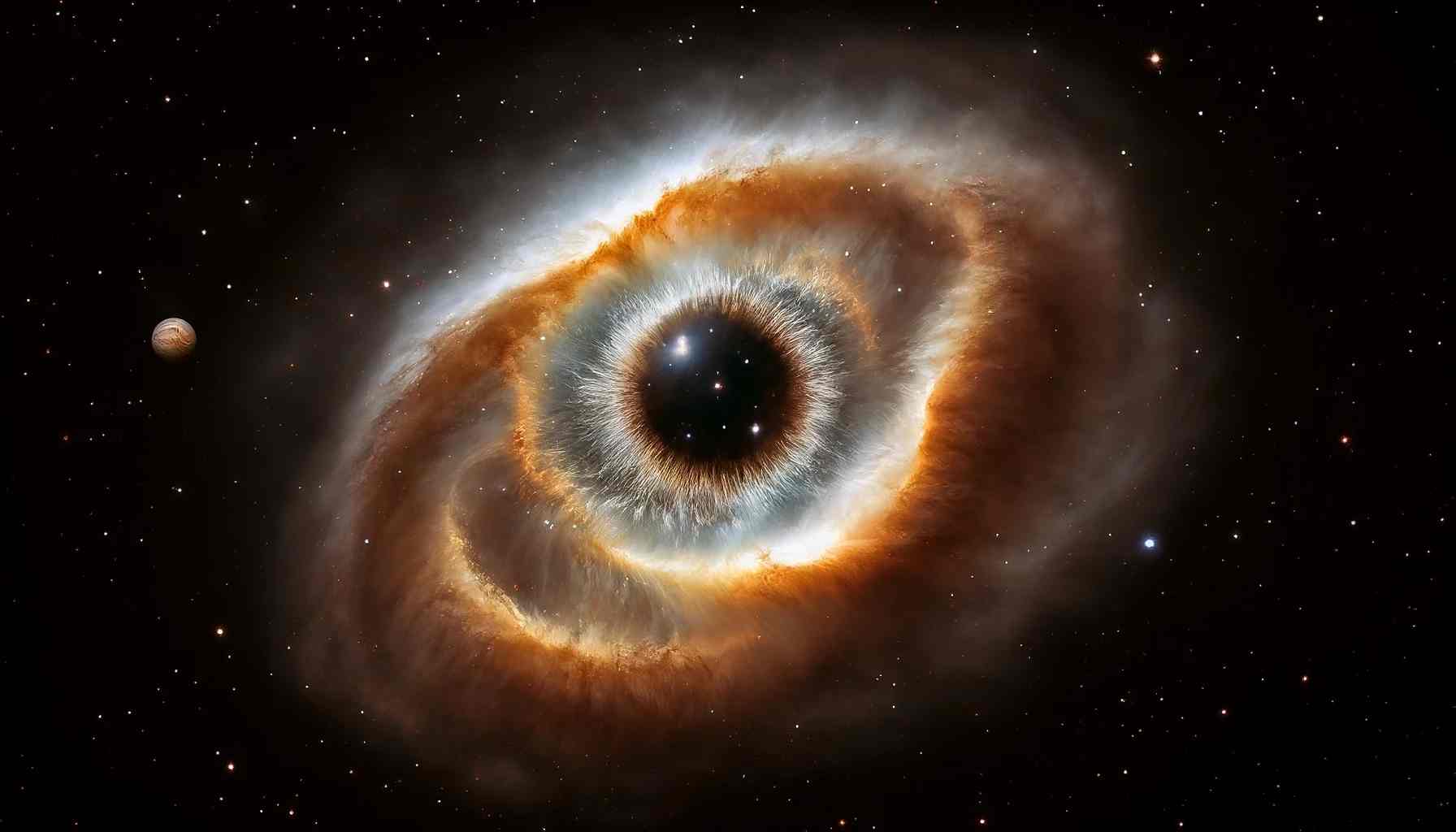NASA has taken a fascinating image of the ‘Evil Eye’ galaxy, which is located in the star Coma Berenices and about 17 million years from Earth. Shared on NASA’s Instagram page, this image, taken by the Hubble Space Telescope in 2008, highlights the galaxy’s beautiful features, including a luminous yellow nucleus surrounded by clusters of blue and purple dots.
Known as Messier 64 (M64), the “Evil Eye” galaxy got its catchy nickname because of the peculiar dark dust that hides its brilliant core. This was first recorded by the French astronomer Messier in the 18th century.
What makes the galaxy “Evil Eye” different is not only its attractive appearance, but also the unique internal dynamics. NASA observations reveal an unusual rotation pattern, with the outer regions rotating in opposite directions from the inner regions. Scientists say this is a cosmic event that happened more than a billion years ago when M64 collided with a satellite galaxy.

NASA’s Instagram post received more than 200,000 likes and sparked dozens of comments from users expressing their passion for the universe. However, not all reactions are positive with skeptics questioning the authenticity of the image.
The unveiling of this space commemorates the ongoing research efforts of NASA and other space agencies, pushing the boundaries of knowledge and opening up the mysteries of space. The “Evil Eye” galaxy, with its captivating beauty and scientific importance, inspires reflection on the vastness of space and the endless opportunities for discovery.



